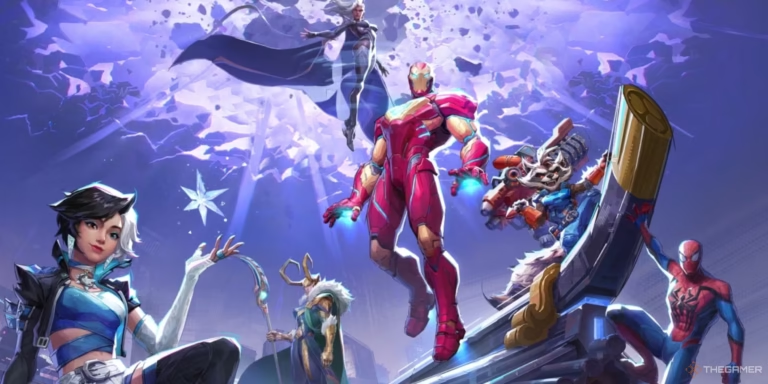Đeman: The Shadowy Figure of Southeast European Folklore
Every culture has its share of dark legends — figures that embody fear, temptation, and the constant struggle between good and evil. In the rich tradition of Southeast European mythology, one such figure stands out: Đeman. While the name may not be globally recognized, its meaning carries weight in the regions where these ancient stories have been passed down through generations.
This article explores the origins, significance, and enduring symbolism of Đeman, shedding light on why this mythical entity continues to hold cultural relevance in tales of morality, caution, and spiritual strength.
Who or What Is a Đeman?
The term Đeman refers to a malevolent supernatural being, often depicted as a tormentor of souls or an agent of darkness. These figures appear in a wide range of Southeast European folk tales, particularly in areas like the Balkans and parts of Eastern Europe, where storytelling has long served both as entertainment and moral instruction.
Unlike a singular villain, Đeman represents a category of evil forces — tricksters, shapeshifters, and sinister spirits — each one tasked with testing the virtue, courage, and resilience of humans.
Đeman in Traditional Mythology
In traditional folklore, Đeman characters often emerge as obstacles placed in the path of protagonists. Sometimes appearing as deceivers, other times as terrifying apparitions, their role is typically to:
- Tempt humans into poor decisions
- Punish arrogance or disobedience
- Challenge spiritual and moral beliefs
- Guard forbidden places or cursed treasures
Often, these figures serve as cautionary examples — metaphors for the unseen dangers lurking when one strays from the righteous path.
Common Traits and Abilities
Across different stories and regions, Đeman may take many forms, but they usually share key characteristics:
- Shape-shifting abilities: Đeman often disguise themselves as ordinary people, animals, or seductive figures to deceive humans.
- Dark, supernatural powers: They might command storms, spread disease, or influence human thoughts.
- Connection to cursed places: Legends associate them with abandoned villages, forests, deep caves, and haunted waters.
- Vulnerability to holy symbols: Like many mythic creatures of darkness, they can be repelled by religious artifacts, sacred words, or acts of pure kindness.
These shared traits make Đeman figures versatile symbols for confronting both internal and external struggles.
The Moral Purpose of Đeman Tales
While these beings inspire fear, the stories in which they appear are not meant to simply scare listeners. They serve a moral and philosophical purpose. In Southeast European tradition, folklore has long been a way to teach values, warn against harmful behaviors, and explore the complexities of human nature.
Đeman figures typically appear in situations where a character faces:
- Greed and temptation
- Pride or arrogance
- Revenge or cruelty
- Disregard for tradition or wisdom
By overcoming or falling victim to these dark forces, characters demonstrate the consequences of virtue or vice.
Đeman and the Human Psyche
On a deeper level, Đeman stories reflect human struggles with personal demons — the inner battles of fear, doubt, anger, and desire. These mythical creatures externalize those internal conflicts, making abstract emotions visible and conquerable through narrative.
In this sense, Đeman isn’t just a monster in the woods, but a metaphor for moral weakness. The battles fought against them in folklore mirror the battles people face within themselves every day.
Cultural Variations and Local Legends
Different regions across Southeast Europe have their own unique takes on the Đeman figure:
- In Serbian and Bosnian folklore, Đemani might appear at crossroads or graveyards, testing the souls of travelers.
- In Croatian legends, they guard sacred sites and tempt villagers with cursed riches.
- In Montenegrin and Albanian tales, they manifest as dark shadows or deceptive women luring men to their doom.
While the details differ, the central role of Đeman as a moral challenger remains consistent throughout.
Đeman in Modern Storytelling
Though these tales are ancient, the influence of Đeman legends can still be felt in modern literature, theater, and film across Southeast Europe. Contemporary horror films, supernatural novels, and even cautionary urban myths continue to draw from the same themes of temptation, fear, and personal responsibility.
Some modern writers reinterpret Đeman characters as symbols of social injustice, war trauma, or generational conflict, proving that the figure still holds meaning beyond its mythic origins.
Lessons from Đeman Legends
Why have Đeman stories endured for centuries? Because their lessons remain universal:
- Every choice has consequences.
- Temptation appears in many forms.
- Strength of character is revealed in difficult moments.
- Evil isn’t always obvious; it often hides behind charm and false promises.
These teachings resonate as strongly today as they did when folklore was first passed from one fireside to the next.
Final Thoughts
The figure of Đeman offers a fascinating glimpse into the cultural fabric of Southeast European societies — a blend of mythology, cautionary wisdom, and psychological insight. While the monsters may be fictional, the dilemmas faced by the heroes and heroines of these stories reflect timeless human experiences.
In confronting Đeman, characters confront not only supernatural evil but also their own weaknesses. And through their victories and failures, listeners and readers are reminded of the importance of integrity, humility, and vigilance in the face of life’s darker moments.
Even in today’s modern world, where folklore competes with smartphones and streaming services, the myth of Đeman endures as a powerful symbol of the battles each person must fight within and around them.





